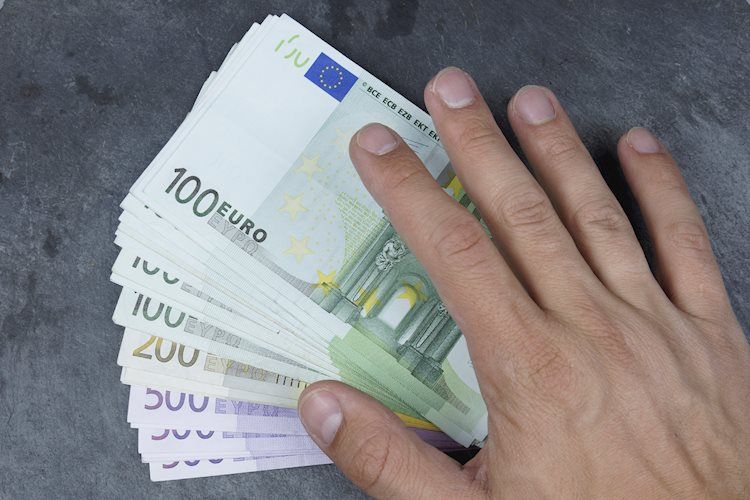EUR/USD opened the new trading week with a nearly half a percent decline, signaling a shift back to the Greenback as investors grew doubtful about the pace of rate cuts. There are expectations for pivotal events this week as central bank members are scheduled to make multiple appearances, keeping market participants on edge about potential policy moves and economic outlook.
European Central Bank President Christine Lagarde is expected to address Europe’s financial challenges in several public appearances this week, with a significant speech scheduled for Wednesday at the Atlantic Council in Washington DC. Market attention will be focused on her remarks to gain insights into the ECB’s stance on monetary policy and the economic environment.
Thursday will see the release of Global PMI figures, with expectations running high for positive outcomes, particularly in the EU Services sector. Median forecasts suggest a slight increase in the EU Services PMI, signaling potential improvements in the region’s economic activity. The results of these surveys will provide crucial information about the current state of the global economy.
The EUR/USD pair is currently trading with a bearish bias, approaching the 1.0800 support level, after breaking below key EMAs. The MACD indicator also confirms the bearish outlook, with both lines in negative territory, indicating strong downward momentum. The lack of bullish catalysts suggests that the path of least resistance remains to the downside in the near term, with potential targets at the 1.0700 region if bearish pressure persists.
The Euro is the currency used in the 19 Eurozone countries and is the second most traded currency in the world after the US Dollar. The Euro is managed by the European Central Bank in Frankfurt, which sets interest rates and manages monetary policy to maintain price stability. Factors such as inflation data, economic indicators, and trade balance figures can impact the Euro’s value and exchange rates with other currencies.
Real-time economic indicators such as GDP, PMI figures, and consumer sentiment surveys play a crucial role in determining the strength of the Euro. Positive economic data can attract foreign investments and influence interest rate decisions by the ECB, strengthening the Euro. On the other hand, weak economic data can lead to a decline in the Euro’s value. A positive trade balance also contributes to the strength of a currency, as it indicates strong demand for exports, thereby boosting the country’s currency value.











